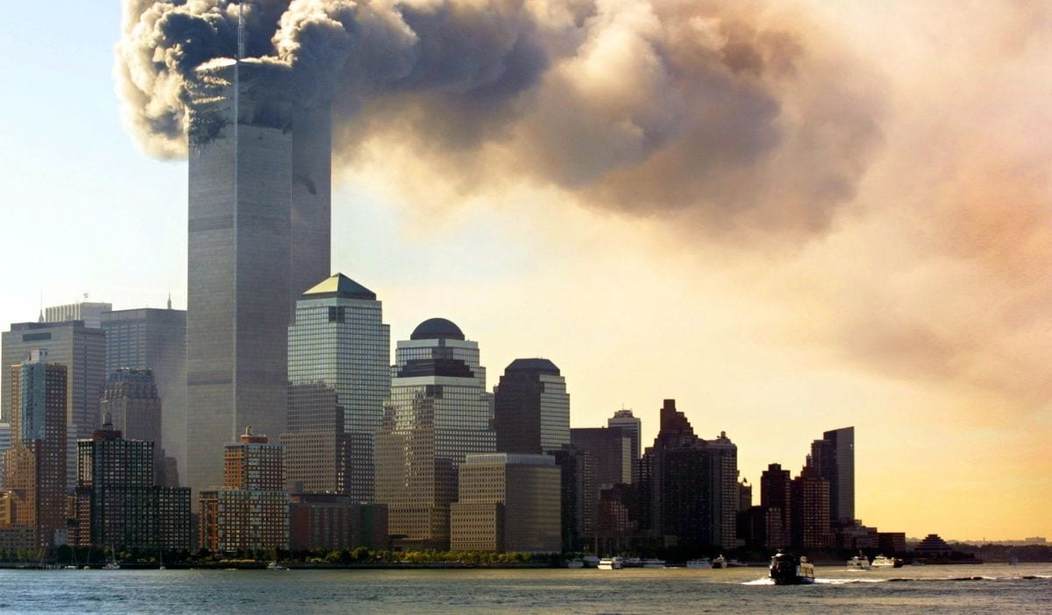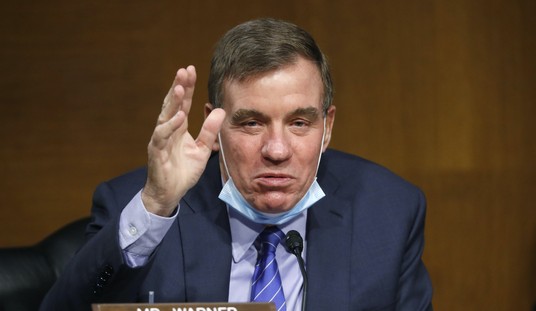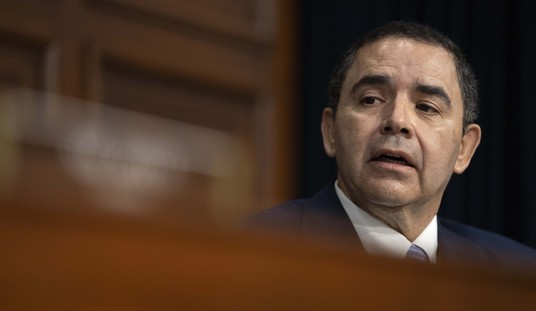The French academy used to believe historians should wait at least 100 years before trying to write about an historical event. They believed that only after a sufficient time had elapsed and all the actors involved had died and their personal and private papers come to light, could an academic begin to discover what really happened.
There is truth in that method — for the 19th century. Today, we’re not as careful writing about history, largely because we don’t have to be. Primary sources abound and very little — except the most highly classified information — is kept from the public.
The 9/11 attacks have moved from news to history to legend. But even now, we are uncovering truths that were hidden just a few years ago.
We knew that on that terrible morning, Vice President Dick Cheney (after consultation with the president) reluctantly ordered F-16s to shoot down Flight 93. What most of us didn’t know is that the planes weren’t armed with missiles and the pilots — given a task no other pilots in history had ever been given — fully believed that if they were going to accomplish their mission and bring down Flight 93, they were going to have to commit suicide.
“They made the decision we didn’t have to make.”
Those are the words of Lt. Col. Marc Sasseville, as recalled 18 years later in a new account of the Sept. 11, 2001 attacks from the perspective of decision-makers in Washington, survivors, military service members and the families of those aboard United Flight 93, which was hijacked before passengers fought back and brought the plane down.
Sasseville – an F-16 Air Force pilot who, along with Lt. Heather “Lucky” Penney, was tasked with stopping Flight 93 by any means necessary from being weaponized like the jets at the World Trade Center and Pentagon that morning – lauded the brave passengers for doing exactly that, sacrificing themselves to foil the terrorists.
It’s unclear whether Cheney knew that the planes were unarmed. But the pilots certainly did.
“We would be ramming the aircraft. We didn’t have [missiles] on board to shoot the airplane down,” Penney said. “As we were putting on our flight gear in the life support shop, Sass looked at me and said, ‘I’ll ram the cockpit.’ I made the decision I would take the tail off the aircraft.”
This would be a last resort if they could not otherwise divert the aircraft. At the time, Sasseville said, he “was going into this moral or ethical justification of the needs of the many versus the needs of the few.”
It was a suicide mission, but they were ready to do it if needed.
“I genuinely believed that was going to be the last time I took off,” Penney said. “If we did it right, this would be it.”
Fortunately, the pilots never had to make that decision. The passengers — ordinary family men and women on routine business trips — ended up saving countless lives and inspiring a nation.
There will be more “lost history” about 9/11 to emerge in the future. There’s still a treasure trove of classified information, including NSA intercepts, evidence of the planning of the attack, and perhaps even revelations about the Saudis that could come out at two trials next year. The 9/11 families are suing The Kingdom for their role in the attacks.
Also, the mastermind of 9/11, Khalid Sheikh Mohammed, and four others are going on trial early next year. Perhaps some more light will be shed on how the deadliest terror attack in history was planned.
Historians will be writing about 9/11 for decades to come. But we, the generation that lived it, have a responsibility to pass on the feelings and emotions of what it was like to experience the attacks first hand.










Join the conversation as a VIP Member